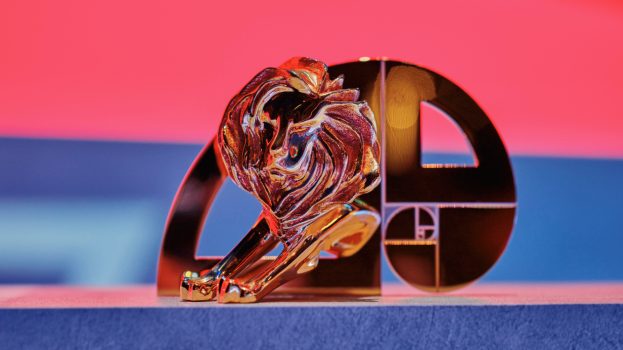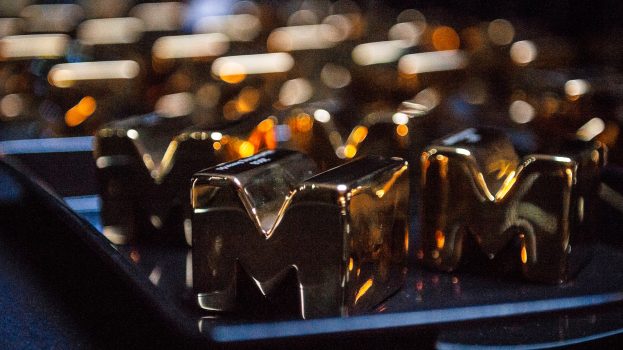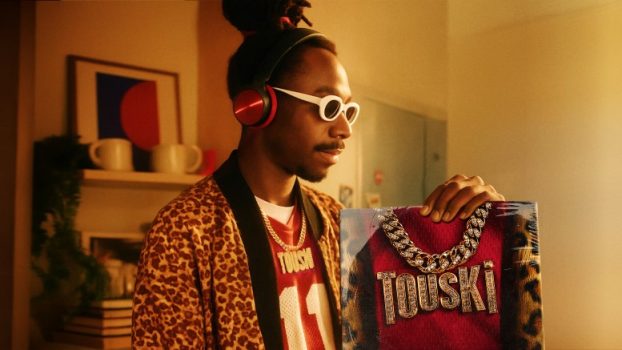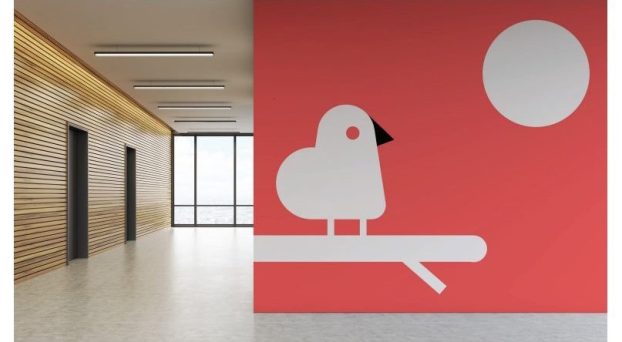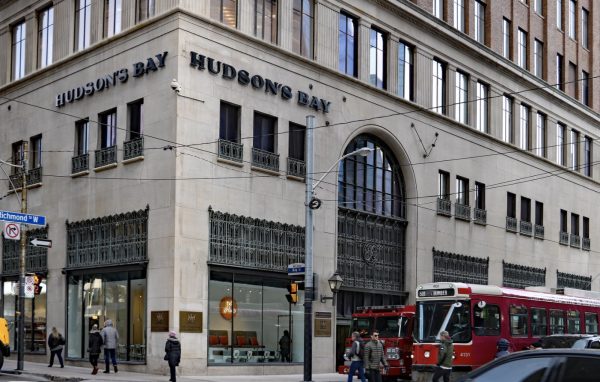To say the folks at Leo Burnett are competitive is a bit of an understatement. Recent ADCC awards line their boardroom wall, a stack of old awards are stuffed behind a television in their lobby, and when told that the agency and its client James Ready were in the top five on this year’s Creative Report Card, CEO and CCO Judy John pumped her fist, exclaiming, “Yes!”
Last year was a busy one for Leo Burnett and James Ready on the award circuit. With more than 80 awards for their various campaigns, the teams have topped the Report Card for the number one spot across all categories.
The partnership has been successful, with the brand experiencing a year-over-year increase in sales and market share (sales increasing about 20 to 25% over previous years within Ontario, with the exception of 2011), and the agency raking in 168 awards for James Ready work since their partnership began in 2007.
James Ready originally launched in 2004, but it wasn’t until the beer co joined forces with Leo Burnett three years later that the brand was defined. Chris Waldock, director of marketing, James Ready, says the low-brow, low-tech marketing was a result of a small advertising budget.
But it’s time for a change. While James Ready will stick to its key messaging – and low-tech advertising techniques that have served it well in the past – the brand is in need of a refresh, says Waldock.
More low-cost competition from big-league brewers and changes to pricing models – James Ready is no longer allowed to sell the beer for a buck – means the older communications plans that sold the messages of helping and getting help from the consumer aren’t as effective, he says. In 2011, James Ready saw its first dip in an otherwise steady rise in profits and market penetration.
So the brand has decided to grow. With sights set on the West and on beer taps, James Ready is ready to make the leap from the small-town Southern Ontario packaged brand popular among male college students, to a large-volume discount brand.
Waldock says the brand has gone to Leo Burnett with a challenge for 2012: a complete communication strategy overhaul. The goal is to get back to its pre-2011 growth, and increase sales volume nationally.
“It’s really not a change in brand philosophy, it’s a change in the industry and how the brand still fits within that,” he says.
In addition to economic drivers, the decision to make the western move has been fan-requested, says Waldock. Anecdotally the brewery’s heard from drinkers who had moved west and searched in vain for James Ready cases – even going so far as to ask for the beer to be shipped to them. Market research also indicated the western provinces, especially Alberta and Saskatchewan, have large discount drinking markets, an obvious opportunity the brand wasn’t playing into, he says. James Ready will shift its target to the mass value or blue collar drinker, with college students coming in second.
Similarly, moving into the tap market in restaurants was a decision born out of the fact that James Ready was missing the entire on-premise (in-restaurant) market, which can expose new drinkers to the brand. Waldock says it’s too early to name restaurants, but it’ll likely be locally owned pubs that cater to blue collar and college students, outside of the GTA.
Waldock says he hopes the brand will grow the way it has with Ontario package drinkers – steadily, as word of mouth spreads.
That’s not to say the shift will be without its challenges.
One of the most enduring and popular aspects of James Ready beer is the messages written on the inside of the caps. For example, in a first for the beer industry, Leo Burnett and James Ready introduced the James Ready Board Game. The game board was included in cases and player moves were posted under the caps.
The game was quickly pulled by the Ontario Liquor Control Board after it determined the campaign promoted excessive drinking. Only 50,000 boards were created. But the craze lived on. “They [the boards] were showing up on eBay for $20,” says Paul Giannetta, creative and art director. “It became a cult, underground commodity because it was a limited edition.”
Everything from a beer cap calendar, beer cap bartering and, more recently, a beer cap spelling bee hosted on Facebook, have encouraged drinkers to keep, trade and use their beer caps, each with special messages inside.
This year, when blank caps were erroneously printed, there was a huge outcry from fans.
“[James Ready] wanted us to write a Facebook apology, and that was it,” says art director Anthony Chelvanathan. Instead, Leo Burnett and James Ready instituted the Blank Cap Recall. The Leo Burnett approach, mailing random trinkets to those who sent back their caps, went on to win awards nationally and internationally, including a Silver Lion at Cannes, two Silvers and a Bronze at the LIAA awards and Gold and Silver at this year’s CASSIES.
But in the four western provinces, beer in cans trumps beer in bottles, and cans and beer taps – by their nature – don’t have caps.
When asked how they’ll address the issue, Steve Persico, copywriter on the campaign, says: “That’s a good question, because it’s always been a big part of our identity. We started with messages under the caps and behind the labels and it grew out of the packaging. So whatever we do it has to have the extra James Ready touch.”
“We may have the first can with a cap,” CD Lisa Greenberg jokingly adds.
While they’re still in the preliminary stages of developing the campaign (the beer is set to launch in the West and in restaurants in fall 2012), the team recognizes the importance of remaining true to the brand’s small-brewery identity, even as it grows.
Maintaining James Ready’s largely stunt-based marketing and penchant for getting drinkers involved with campaigns will be the biggest challenge of targeting a larger audience, admits John.
“We always try to respond, especially to those personalized letters,” she says. This will be hard to sustain as the brand expands, but she says it’s important to try to continue it. “This is the fun part.”
Chelvanathan explains that when fans get something back from the brand – be it a chance to participate in the advertising or a small token or toy – it breeds much deeper loyalty.
“We just got a letter a couple of weeks ago – a girl wrote [that] her boyfriend is a big James Ready drinker and she wanted us to figure out a way to show him how much she loves him,” says Persico.
“And she knows we’re going to do it too,” says Chelvanathan.
“I guess Leo’s going to be sending out a few more envelopes next year with a few more trinkets,” says Waldock. “But I think they [Leo Burnett] look forward to it. As far as the communications is concerned, it’ll always been collaborative with our drinkers. And it’ll always be entertaining.”
Jump to:
Creative Report Card intro
James Ready expands in 2012: Leo Burnett and the beerco top the CRC
Other Leo award winners
BBDO and Wrigley get global attention
Top advertiser runners-up: big year for candy and cars
Big agency movers and newcomers
Rethinking on a budget: CD duo Chris Staples and Ian Grais take third
Art & copy runners-up
Agencies: full list
Advertisers: full list
Creative directors: full list
Art directors: full list
Copywriters: full list
Methodology


